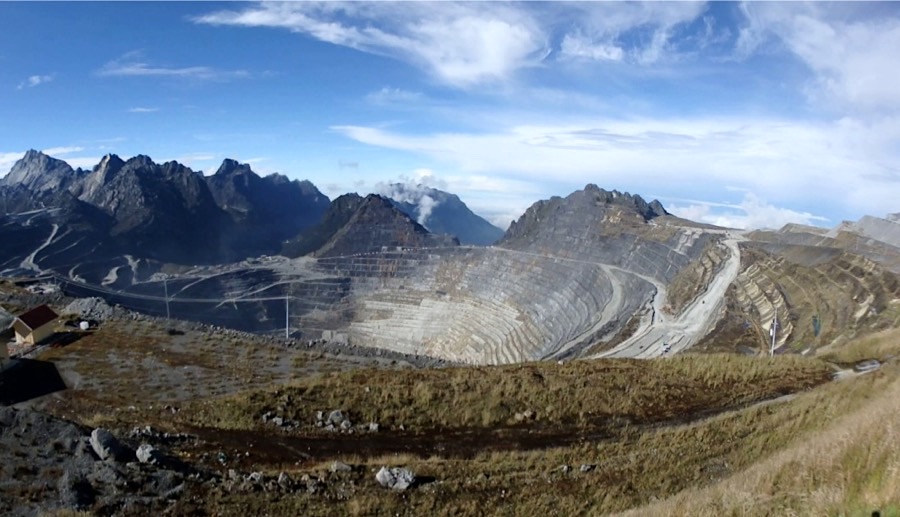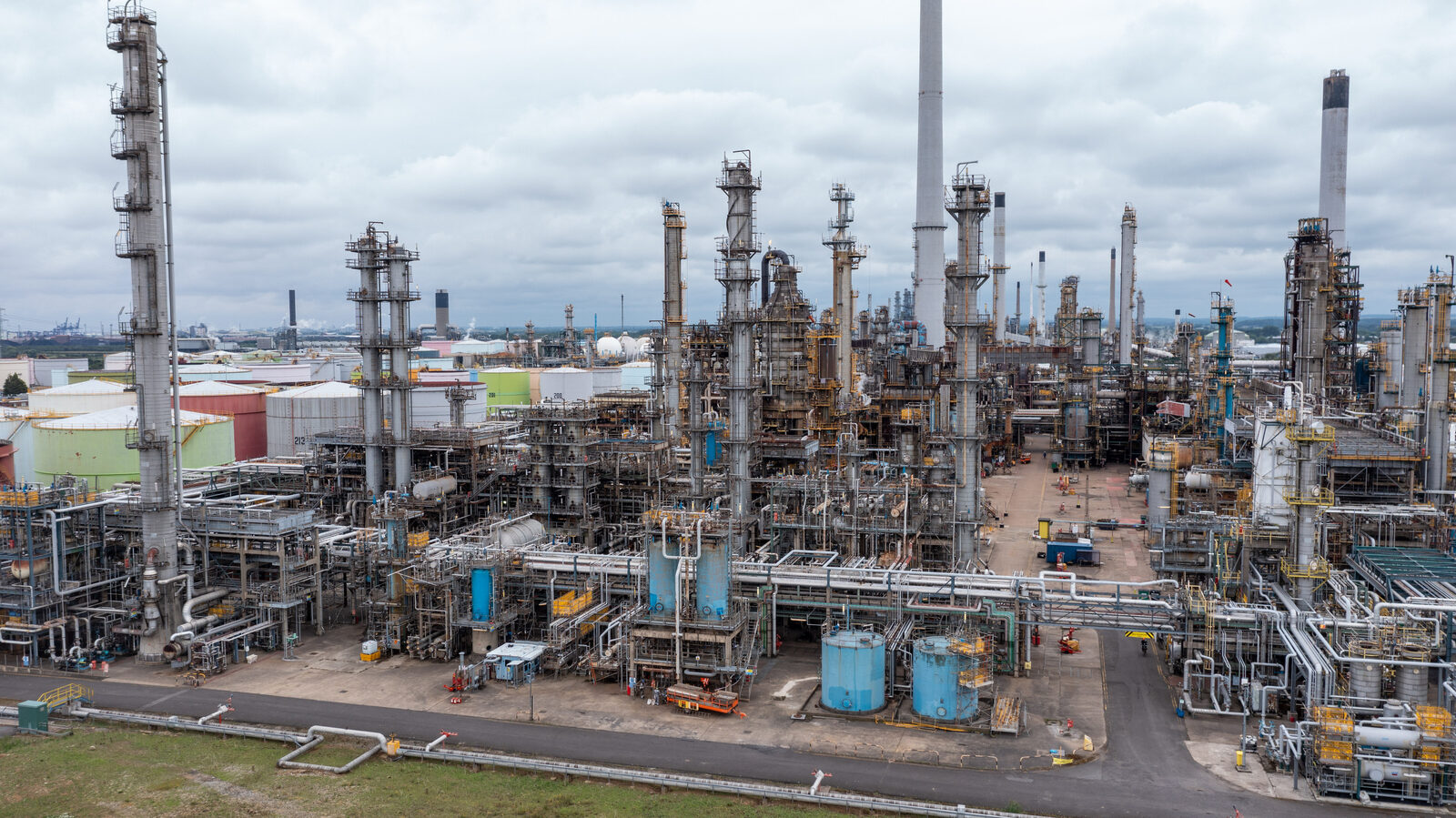BHP, Rio deals show lack of options beyond shareholder returns: Russell

Two recent deals by the world’s two biggest mining companies both looked positive for shareholders, but also underscore the challenges facing major commodity producers.
BHP Billiton last week agreed to sell its U.S. shale oil and gas assets for $10.5 billion, while Rio Tinto appears on track to exit its troubled investment in the giant Grasberg copper and gold mine in Indonesia for about $3.5 billion.
Both deals were generally well-received by investors, largely because they resolve long-running sores for the mining giants and will likely result in a return of the proceeds to shareholders.
BHP Chief Executive Andrew Mackenzie has said the proceeds of the sale of the U.S. shale assets will be returned to shareholders, but hasn’t yet given details of how and when.
Rio Tinto has been cautious over the announced agreement to sell its Indonesian unit to the state-owned miner PT Inalum, which would effectively mean selling its 40 percent interest in Grasberg.
Rio Tinto has been cautious over the announced agreement to sell its Indonesian unit to the state-owned miner PT Inalum, which would effectively mean selling its 40 percent interest in Grasberg, which is operated by Freeport-McMoRan Inc.
However, the chances are good that at least some of the proceeds, should the deal be finalised, will wind up in the hands of shareholders.
While investors are usually pleased to get their hands on a pile of cash, the fact that BHP intends to hand over the cash and Rio Tinto may do the same illustrates that there really are very few suitable investment opportunities.
Mining companies were heavily criticised for over-investing in the last boom period, which ended in 2011 and was followed by five years of declining prices for most major commodities, such as iron ore and coal.
This resulted in the companies turning their focus to operational efficiencies and boosting returns to shareholders, a shift that is still the current mantra most often heard from top mining executives.
But while this was a necessary change in mindset, it is also a strategy that’s unlikely to work in the long term.
BHP retains offshore crude oil assets in the United States, and its interest in liquefied natural gas in Australia.
But the sale of the shale oil and gas assets, mainly to BP Plc, is an effective retreat from a business that has transformed the global energy landscape.
Exiting shale also came at a substantial overall price for BHP, given the assets cost about $20 billion when purchased in 2011 and have been written down in value several times since then.
Handing the money back to shareholders through boosted dividends or a share buyback will provide investors with a sugar hit, but do little to enhance the long-term value of BHP.
DIVERSIFICATION STRUGGLES
BHP’s biggest division is its Western Australia iron ore, and the company remains heavily exposed to the fortunes of the Chinese steel sector, the buyer of two-thirds of the world’s seaborne iron ore supplies.
BHP last week agreed to sell its U.S. shale oil and gas assets for $10.5 billion.
Rio Tinto is even more exposed to iron ore, with its operations in Western Australia accounting for about 70 percent of its earnings.
Both BHP and Rio Tinto have struggled to diversify away from iron ore, and both have made costly and unsuccessful acquisitions in the past 20 years.
BHP’s massive Olympic Dam copper, gold and uranium mine in South Australia has had problems ramping up production, while similar issues have impacted Rio Tinto’s Oyu Tolgoi copper mine in Mongolia.
These assets are good enough to be worth investing time, money and effort to get them working efficiently, but the difficulties both companies have encountered show there are probably no easy major projects left in the world.
This poses the question: What next for BHP, Rio Tinto and other major miners such as Anglo American and Brazil’s Vale ?
They run the risk of being companies that can return cash to shareholders in the good times, but will lag when commodity prices go through the inevitable cyclical downturns.
While it would be foolish to advocate the companies jumping headlong into new mining areas such as battery metals like lithium and cobalt, it’s likely that eventually investors will demand more from the top resource companies.
Disclosure: At the time of publication, the author of this column, Clyde Russell, owned shares in BHP and Rio Tinto as an investor in a fund. (Editing by Eric Meijer)
{{ commodity.name }}
{{ post.title }}
{{ post.date }}

Comments